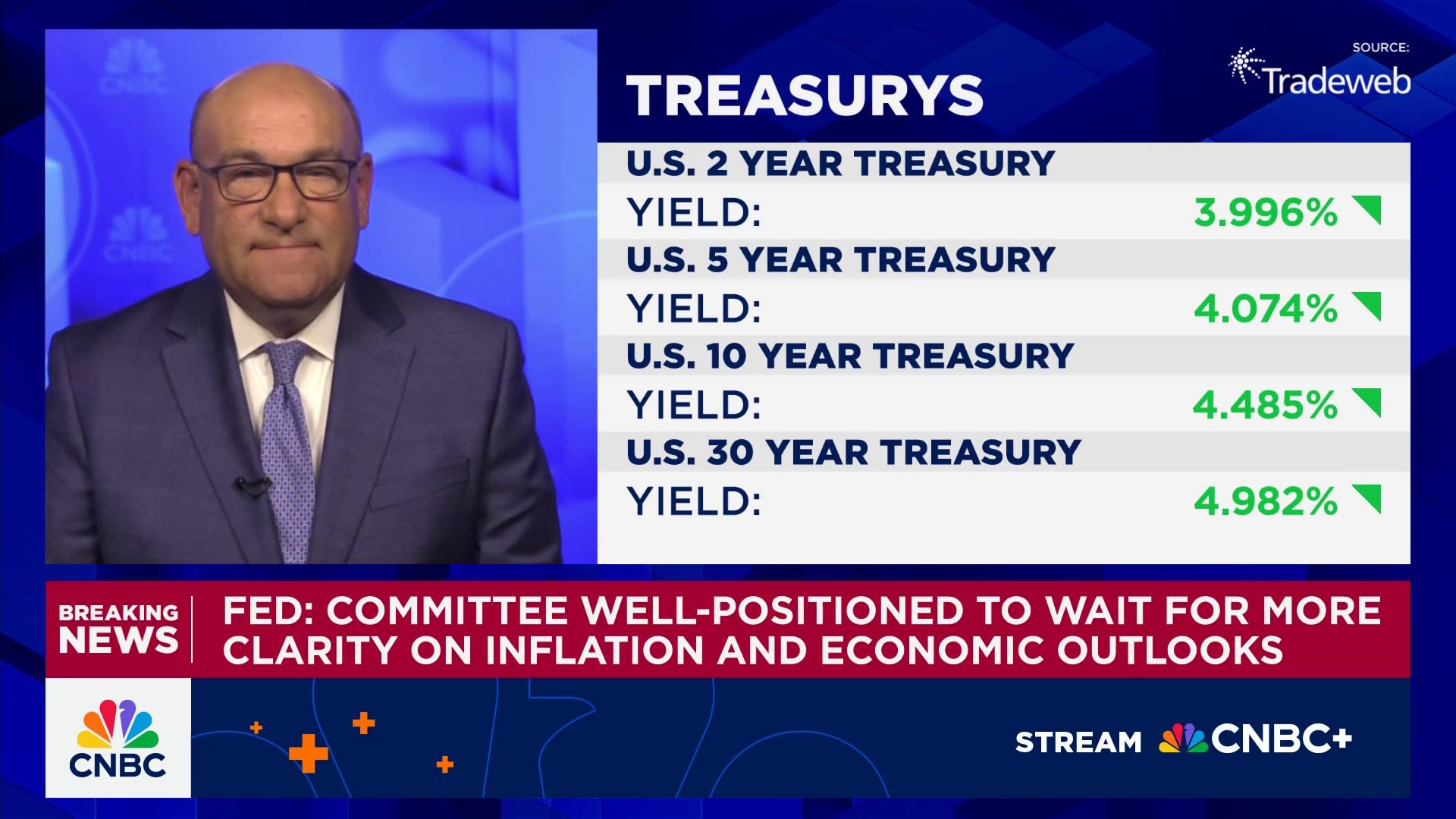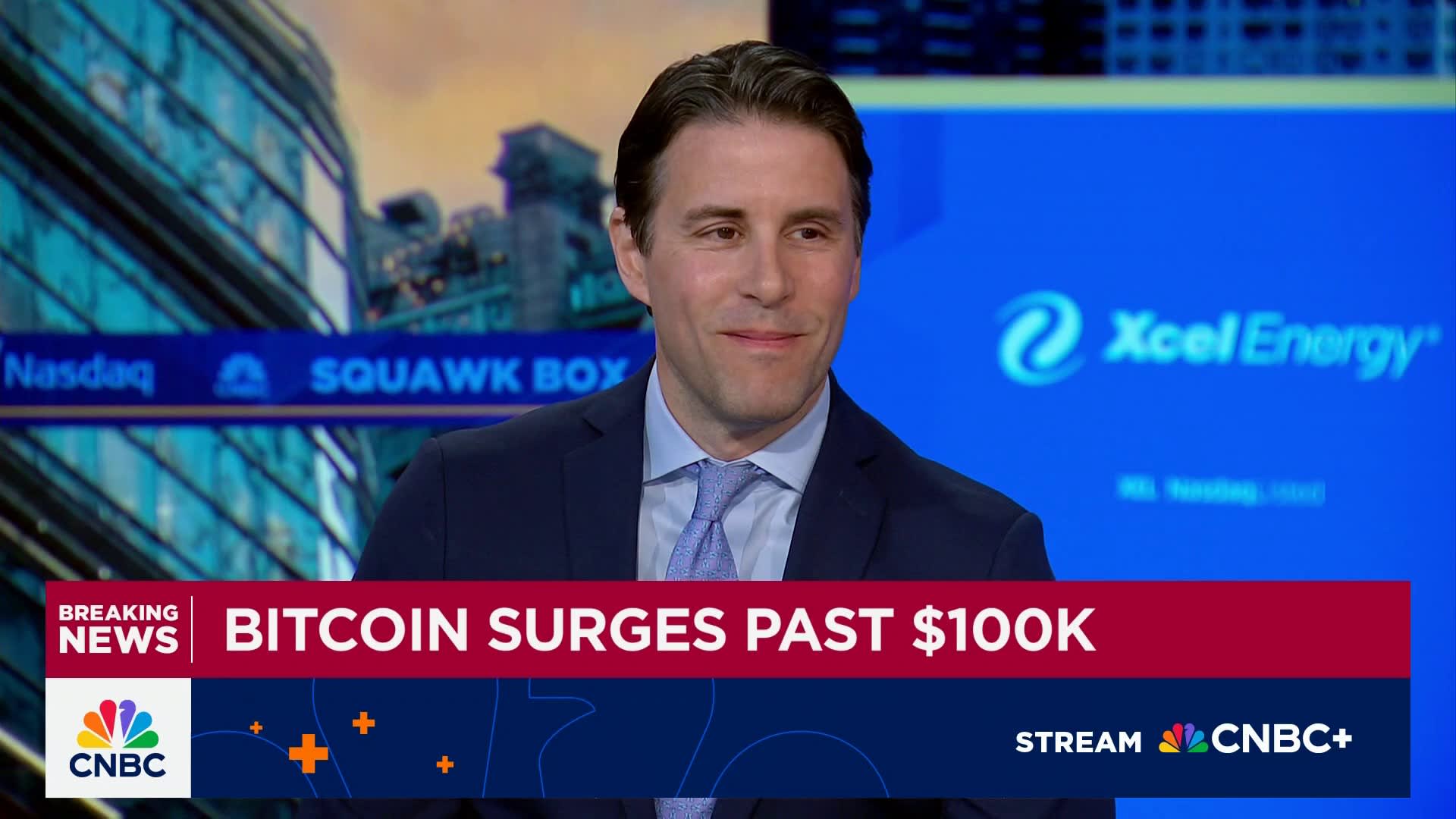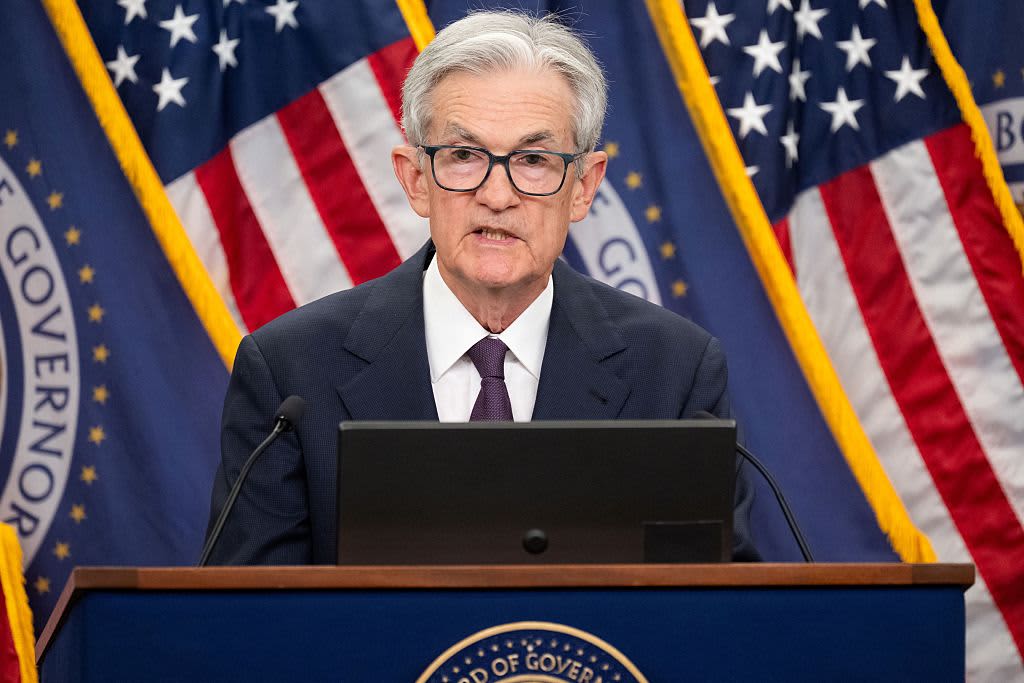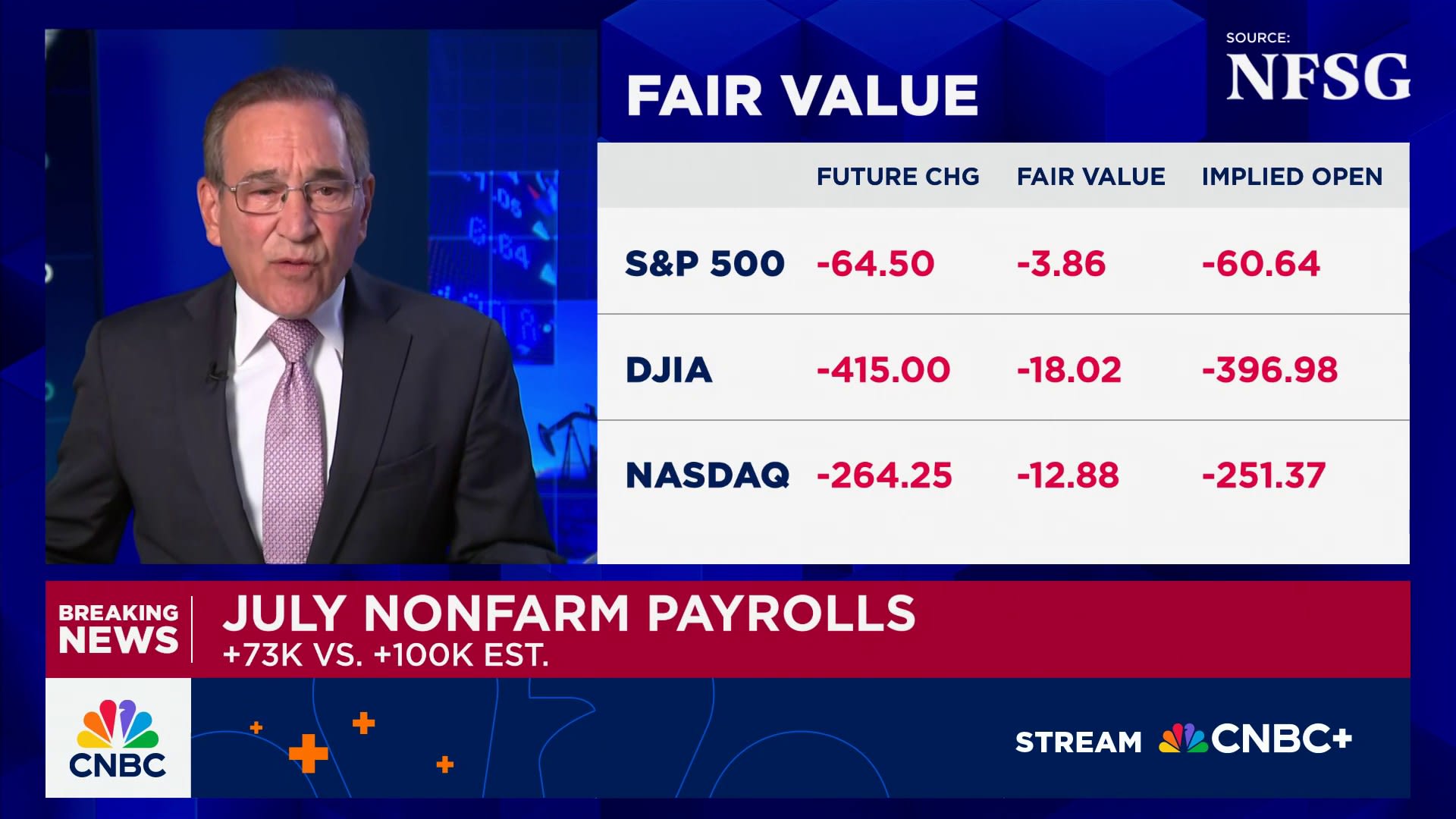Annabelle Gordon/Bloomberg via Getty Images
The massive package of tax cuts House Republicans passed in May is expected to increase the U.S. debt by trillions of dollars — a sum that threatens to torpedo the legislation as the Senate starts to consider it this week.
The Committee for a Responsible Federal Budget estimates the bill, as written, would add about $3.1 trillion to the national debt over a decade with interest, to a total $53 trillion. The Penn Wharton Budget Model estimates a higher tally: $3.8 trillion, including interest and economic effects.
Rep. Thomas Massie of Kentucky was one of two Republicans to vote against the House measure, calling it a “debt bomb ticking” and noting that it “dramatically increases deficits in the near term.”
“Congress can do funny math — fantasy math — if it wants,” Massie said on the House floor on May 22. “But bond investors don’t.”
A handful of Republican Senators have also voiced concern about the bill’s potential addition to the U.S. debt load and other aspects of the legislation.
“The math doesn’t really add up,” Sen. Rand Paul, R-Kentucky, said Sunday on CBS.
The legislation comes as interest payments on U.S. debt have surpassed national spending on defense and represent the second-largest outlay behind Social Security. Federal debt as a percentage of gross domestic product, a measure of U.S. economic output, is already at an all-time high.
The notion of rising national debt may seem unimportant for the average person, but it can have a significant impact on household finances, economists said.
“I don’t think most consumers think about it at all,” said Tim Quinlan, senior economist at Wells Fargo Economics. “They think, ‘It doesn’t really impact me.’ But I think the truth is, it absolutely does.”
Consumer loans would be ‘a lot more’ expensive
A much higher U.S. debt burden would likely cause consumers to “pay a lot more” to finance homes, cars and other common purchases, said Mark Zandi, chief economist at Moody’s.
“That’s the key link back to us as consumers, businesspeople and investors: The prospect that all this borrowing, the rising debt load, mean higher interest rates,” he said.

The House legislation cuts taxes for households by about $4 trillion, most of which accrue for the wealthy. The bill offsets some of those tax cuts by slashing spending for safety-net programs like Medicaid and food assistance for lower earners.
Some Republicans and White House officials argue President Trump’s tariff policies would offset a big chunk of the tax cuts.
But economists say tariffs are an unreliable revenue generator — because a future president can undo them, and courts may take them off the books.
How rising debt impacts Treasury yields
U.S. Speaker of the House Mike Johnson (R-Louisiana) speaks to the media after the House narrowly passed a bill forwarding President Donald Trump’s agenda at the U.S. Capitol on May 22, 2025.
Kevin Dietsch | Getty Images News | Getty Images
Ultimately, higher interest rates for consumers ties to perceptions of U.S. debt loads and their effect on U.S. Treasury bonds.
Common forms of consumer borrowing like mortgages and auto loans are priced based on yields for U.S. Treasury bonds, particularly the 10-year Treasury.
Yields (i.e., interest rates) for long-term Treasury bonds are largely dictated by market forces. They rise and fall based on supply and demand from investors.
The U.S. relies on Treasury bonds to fund its operations. The government must borrow, since it doesn’t take in enough annual tax revenue to pay its bills, what’s known as an annual “budget deficit.” It pays back Treasury investors with interest.
More from Personal Finance:
How GOP tax bill could change in the Senate
3 key moves to consider while Fed keeps rates higher
Trump administration axes barrier for crypto in 401(k) plans
If the Republican bill — called the “One Big Beautiful Bill Act” — were to raise the U.S. debt and deficit by trillions of dollars, it would likely spook investors and Treasury demand may fall, economists said.
Investors would likely demand a higher interest rate to compensate for the additional risk that the U.S. government may not pay its debt obligations in a timely way down the road, economists said.
Interest rates priced to the 10-year Treasury “also have to go up because of the higher risk being taken,” said Philip Chao, chief investment officer and certified financial planner at Experiential Wealth based in Cabin John, Maryland.
Moody’s cut the U.S.’ sovereign credit rating in May, citing the increasing burden of the federal budget deficit and signaling a bigger credit risk for investors. Bond yields spiked on the news.
How debt may impact consumer borrowing
Zandi cited a general rule of thumb to illustrate what a higher debt burden could mean for consumers: The 10-year Treasury yield rises about 0.02 percentage points for each 1-point increase in the debt-to-GDP ratio, he said.
For example, if the ratio were to rise from 100% (roughly where it is now) to 130%, the 10-year Treasury yield would increase about 0.6 percentage points, Zandi said. That would push the yield to more than 5% relative to current levels of around 4.5%, he said.
“It’s a big deal,” Zandi said.
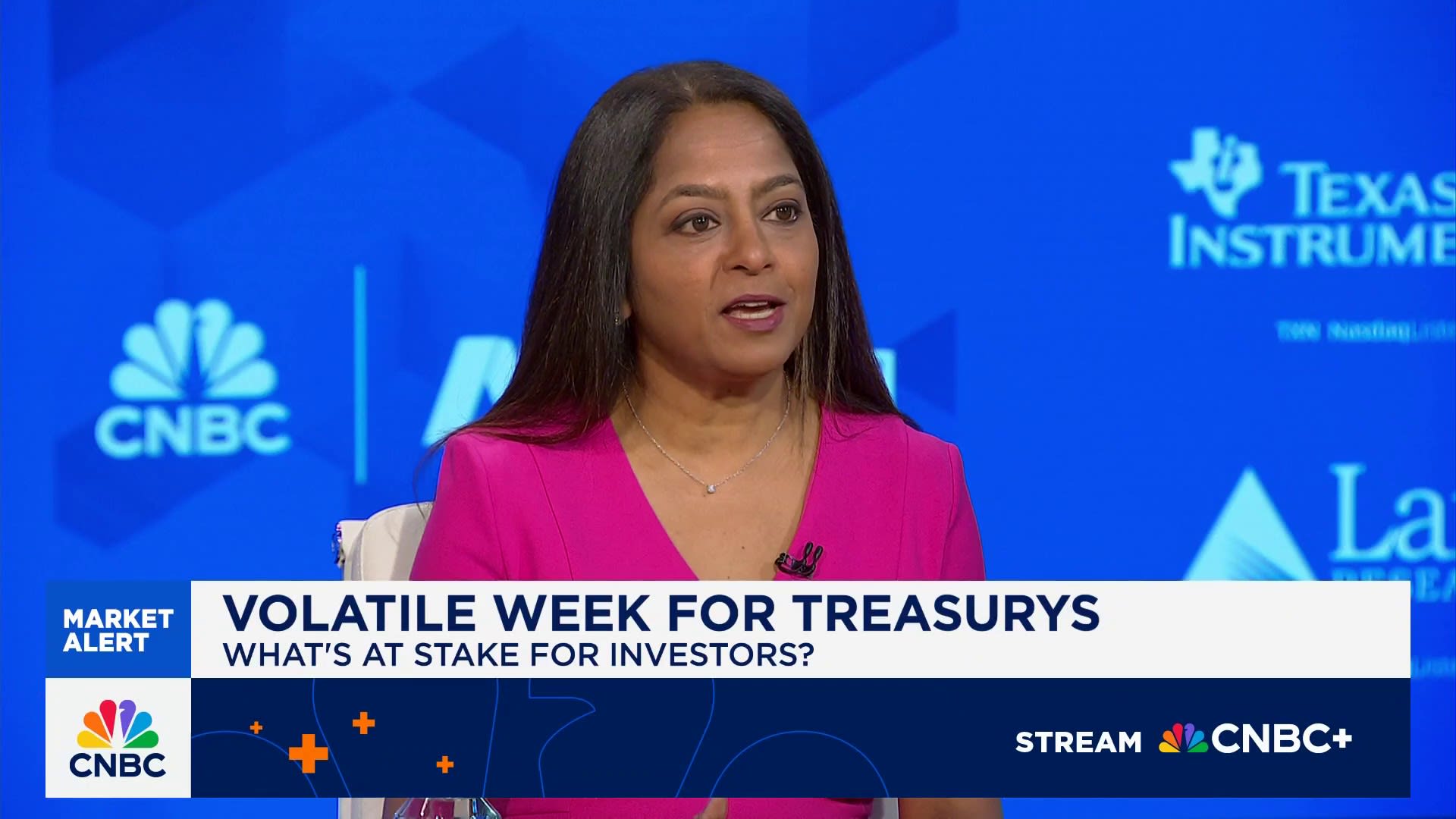
A fixed 30-year mortgage would rise from almost 7% to roughly 7.6%, all else equal — likely putting homeownership further “out of reach,” especially for many potential first-time buyers, he said.
The debt-to-GDP ratio would swell from about 101% at the end of 2025 to an estimated 148% through 2034 under the as-written House legislation, said Kent Smetters, an economist and faculty director for the Penn Wharton Budget Model.
Bond investors get hit, too
It’s not just consumer borrowers: Certain investors would also stand to lose, experts said.
When Treasury yields rise, prices fall for current bondholders. Their current Treasury bonds become less valuable, weighing on investment portfolios.
“If the market interest rate has gone up, your bond has depreciated,” Chao said. “Your net worth has gone down.”
The market for long-term Treasury bonds has been more volatile amid investor jitters, leading some experts to recommend shorter-term bonds.
On the flip side, those buying new bonds may be happy because they can earn a higher rate, he said.
‘Pouring gasoline on the fire’
The cost of consumer financing has already roughly doubled in recent years, said Quinlan of Wells Fargo.
The average 10-year Treasury yield was about 2.1% from 2012 to 2022; it has been about 4.1% from 2023 to the present, he said.
Of course, the U.S. debt burden is just one of many things that influence Treasury investors and yields, Quinlan said. For example, Treasury investors sent yields sharply higher as they rushed for the exits after Trump announced a spate of country-specific tariffs in April, as they questioned the safe-haven status of U.S. assets.
“But it’s not going out on too much of a limb to suggest financial markets the last couple years have grown increasingly concerned about debt levels,” Quinlan said.
Absent action, the U.S. debt burden would still rise, economists said. The debt-to-GDP ratio would swell to 138% even if Republicans don’t pass any legislation, Smetters said.
But the House legislation would be “pouring gasoline on the fire,” said Chao.
“It’s adding to the problems we already have,” Chao said. “And this is why the bond market is not happy with it,” he added.
